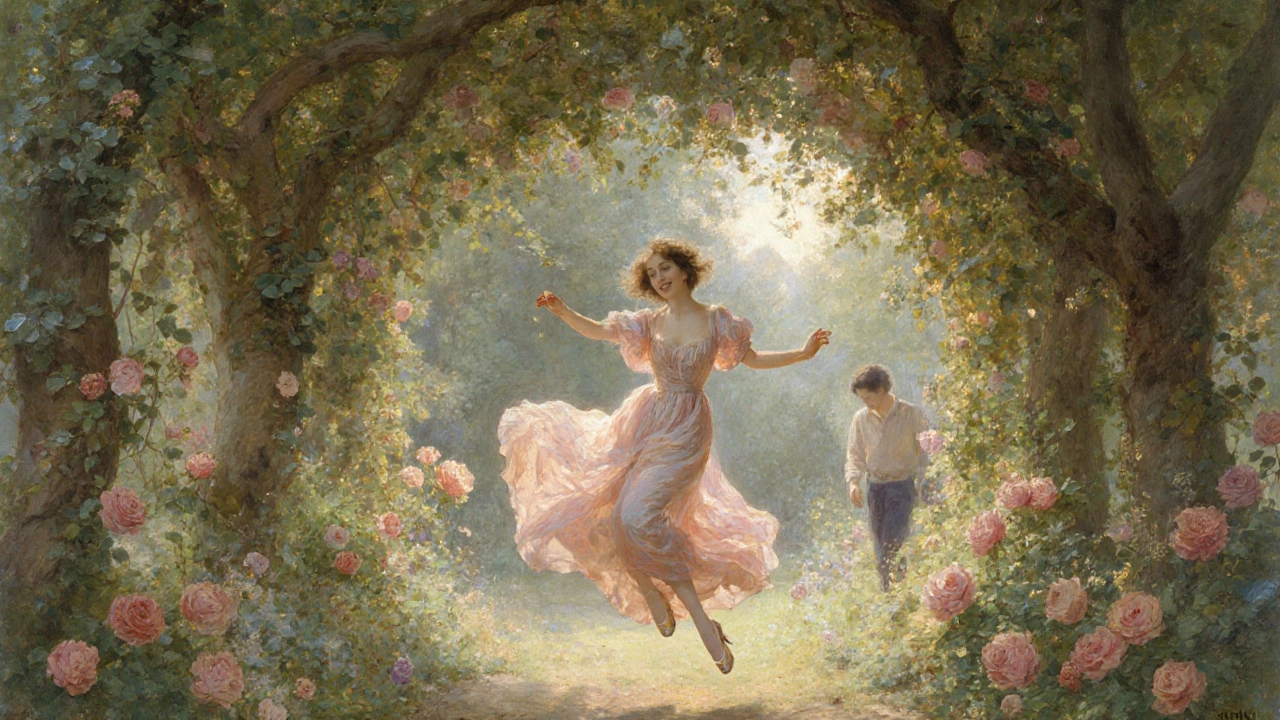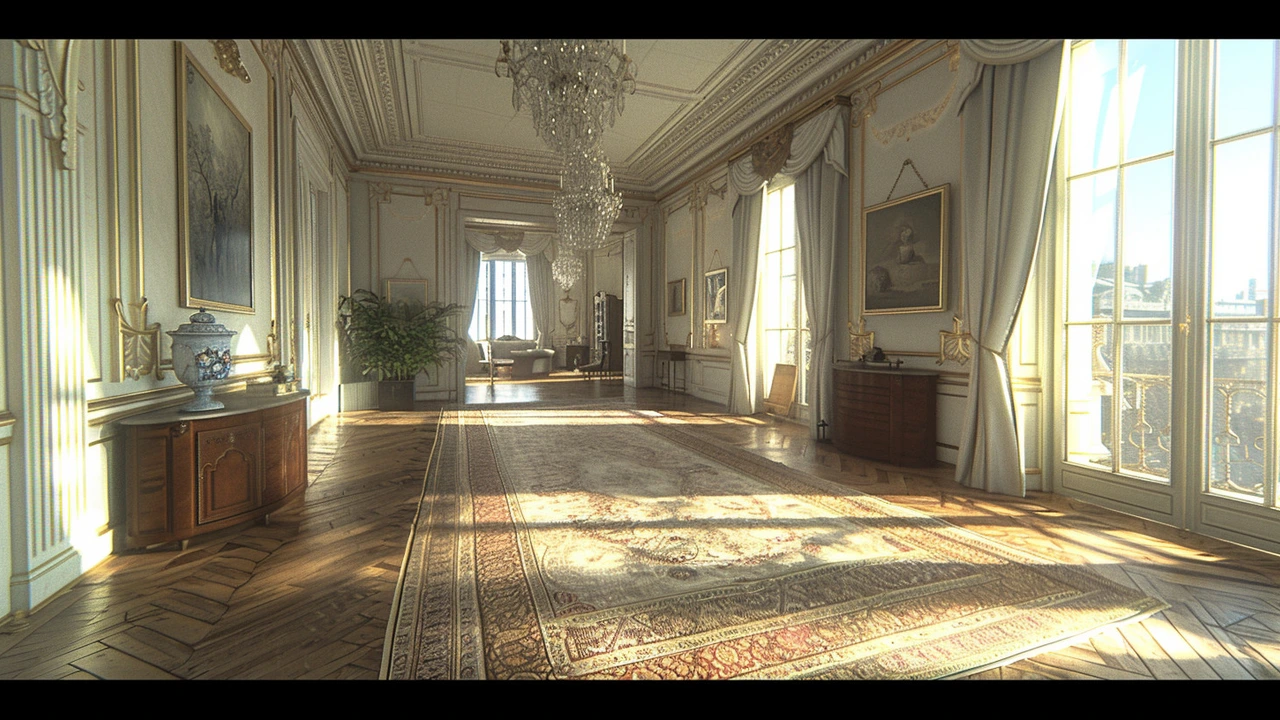Rococo style: what it looks like and how to use it at home
Rococo style still turns heads — soft curves, playful ornament, and a light, airy feel that reads as cheerful rather than heavy. If you love details but don’t want your space to feel stuck in a museum, Rococo gives you ornament that feels lively and human. This short guide shows how to recognize Rococo, where it comes from, and simple ways to use it in modern rooms.
How to spot Rococo features
Look for asymmetry, scrolls, shells, and floral garlands. Rococo favors delicate curves over straight lines. Interiors often use pastel colors (pale blues, creams, soft pinks), gilded accents, and mirrors with ornate frames. In architecture, Rococo appears in lighter, more playful ornamentation compared with the heavy drama of Baroque — think decorative stucco, small-scale frescoes, and elegant moldings rather than massive columns.
Furniture follows the same idea: cabriole legs, carved floral motifs, and upholstery with soft patterns. Pieces feel handcrafted and intimate. If you see a dressing table with curved legs and a mirror wrapped in carved shells, you’re looking at Rococo influence.
Easy ways to bring Rococo into a modern home
Start small. Swap a plain mirror for one with an ornate frame or add a vintage chandelier that’s not too heavy. A single Rococo armchair in a living room makes a bold yet balanced statement when paired with simpler sofas or clean-lined tables. Use one or two gilded accents rather than gilding everything — it keeps the look fresh.
Colors matter. Stick to a light palette and add texture: silk or linen cushions, a delicate rug, or a small gilt picture frame. Florals work, but choose scaled-down patterns so the room doesn’t feel dated. Mix in modern items — a sleek lamp or minimalist shelf — to prevent the space from feeling like a period set.
Think about scale. Rococo shines in smaller, intimate spaces like boudoirs, powder rooms, or reading nooks. In large open-plan rooms, use Rococo details as focal points: a decorative fireplace surround, a gallery wall with ornate frames, or a statement mirror above a console.
If you like DIY, try repainting an old chair and reupholstering it in a soft patterned fabric. Antique markets and secondhand shops often have pieces with Rococo bones that only need new paint or fabric to look fresh.
Want to spot Rococo when you travel? Watch for light stucco work, playful ceiling paintings, and rooms that favor charm over monumentality. Museums and historic houses often show how Rococo ties together furniture, wall art, and small decorative objects into a relaxed, elegant whole.
Rococo isn’t about copying an era exactly. It’s about using ornament to add joy and personality. Keep pieces intentional, balance them with modern simplicity, and you’ll get a look that feels classic and alive — not heavy or overdone.

The Delicate Balance of Nature and Romance in Rococo Art
Rococo art blends nature and romance with delicate curves, pastel colors, and intimate scenes. Discover how 18th-century artists turned gardens into emotional landscapes and why this style still resonates today.
Read more
Rococo Art: 18th‑Century Revolution Explained
Explore Rococo, the 18th‑century artistic revolution, its origins, key traits, famous artists, architecture, and lasting influence in a clear, engaging guide.
Read more
Revive Your Space with Rococo Style: The Art of Ornate Home Decor
Transform your home into a bastion of sophistication by infusing Rococo's elegance into your decor. This article guides you through the journey of incorporating the opulent and detailed Rococo style, providing both historical insights and practical tips. From lush ornamental designs to soft pastel hues, learn how to integrate the whimsical charm of the 18th century into your modern home. Whether you're an avid admirer of historical aesthetics or simply seeking to add a sprinkle of grandeur, embracing Rococo in your home decor offers an experience in luxury.
Read more